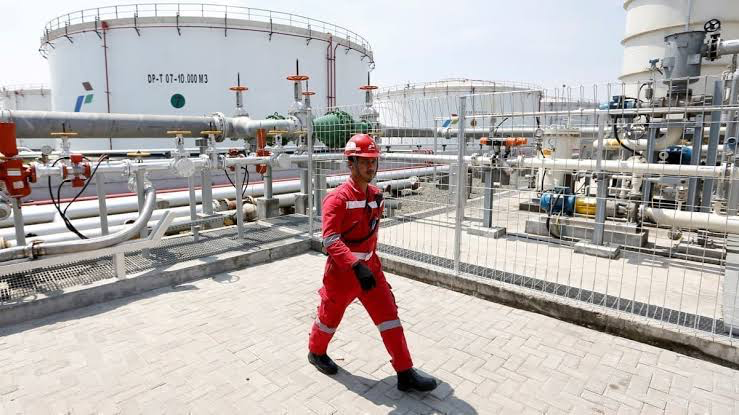The unrelenting cold snap that gripped much of the United States in January impacted the nation’s oil production, according to a report released by the Energy Information Administration (EIA) on Friday.
US crude oil production fell to 12.5 million barrels per day (bpd) in January, a 6% decline from the record highs set in December 2023. This decrease can be attributed to the severe winter weather that blanketed the country, causing disruptions to oil drilling and refining operations.
Major Oil-Producing States Feel the Chill
Texas, the leading oil-producing state in the US, saw its crude oil output decline by roughly 5% in January compared to the previous month, dropping to 5.4 million bpd. North Dakota, another significant oil producer, experienced an even steeper decline, with production falling nearly 13% to 1.1 million bpd.
The EIA’s report highlights the significant impact of the winter storm on oil production in these states. Brutal weather conditions, including heavy snowfall and freezing temperatures, likely hampered drilling activities and caused operational slowdowns at oil wells.
While oil production dipped in January, the EIA report also revealed positive news for the natural gas industry. Gross natural gas production in the US Lower 48 states reached a record high of 114.1 billion cubic feet per day (bcfd) in January. This surpassed the previous record of 118.4 bcfd set in December 2023.
The increase in natural gas production suggests the industry was better equipped to handle the winter weather challenges compared to the oil sector. However, even natural gas production experienced some regional setbacks. Monthly output in Texas, a major natural gas producer, fell by 4.6% to 33.5 bcfd in January, down from a record high of 35.1 bcfd set in December.
A Temporary Dip or a Larger Trend?
The EIA’s report highlights the vulnerability of US oil production to extreme weather events. While the January dip is likely temporary, it underscores the need for the industry to develop greater resilience in the face of a changing climate.
Looking ahead, it will be crucial to monitor how US oil production rebounds in the coming months. A sustained increase would indicate a quick recovery from the winter disruptions. However, if production remains sluggish, it could signal a more long-term trend requiring further analysis.
Source: Reuters



